Home>Furniture & Design>Outdoor Furniture>Why Does My Outdoor Faucet Leak When I Turn It On
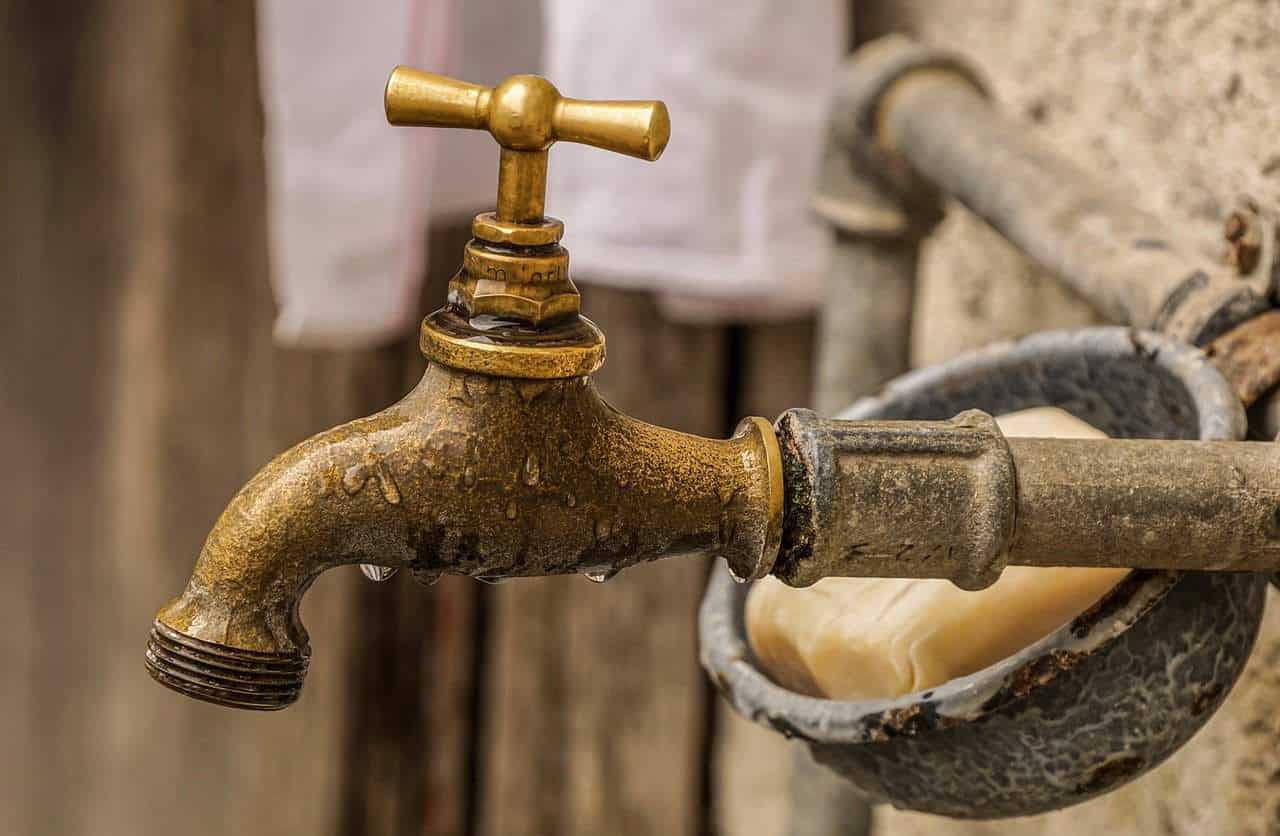

Outdoor Furniture
Why Does My Outdoor Faucet Leak When I Turn It On
Modified: March 1, 2024
Discover the reasons why your outdoor faucet leaks when turned on. Get expert tips on fixing outdoor furniture and design issues.
(Many of the links in this article redirect to a specific reviewed product. Your purchase of these products through affiliate links helps to generate commission for Storables.com, at no extra cost. Learn more)
Introduction
Welcome to the world of outdoor living! Whether you're a seasoned outdoor enthusiast or just beginning to explore the joys of al fresco relaxation, one thing is for certain: a leaking outdoor faucet can put a damper on your outdoor experience. Picture this: you eagerly turn on the faucet to water your plants, fill up the kiddie pool, or wash off your gardening tools, only to be met with an unexpected spray of water gushing from the faucet's base. Frustrating, isn't it?
In this comprehensive guide, we'll delve into the common causes of outdoor faucet leaks and explore practical solutions to remedy this pesky issue. By understanding the inner workings of outdoor faucets and familiarizing ourselves with the potential culprits behind leaks, we can equip ourselves with the knowledge to tackle this problem head-on.
So, grab a refreshing beverage, find a cozy spot in your outdoor oasis, and let's embark on a journey to uncover the mysteries of outdoor faucet leaks. Whether you're a DIY enthusiast or prefer to enlist the help of a professional, this guide will empower you to make informed decisions and restore your outdoor faucet to its pristine, leak-free state.
Now, let's roll up our sleeves and dive into the fascinating world of outdoor faucets!
Key Takeaways:
- Don’t let a leaking outdoor faucet rain on your parade! Learn how to identify and fix common causes like worn washers and high water pressure to keep your outdoor oasis leak-free.
- Understanding your outdoor faucet’s anatomy and taking proactive maintenance steps can help you prevent leaks and ensure a hassle-free outdoor watering experience.
Read more: Outside Faucet Leaks When Turned On
Understanding Outdoor Faucets
Outdoor faucets, also known as hose bibs or spigots, are essential fixtures that provide convenient access to water for various outdoor activities. Whether you need to water your garden, wash your car, or connect a sprinkler, the outdoor faucet serves as a reliable water source for your outdoor endeavors.
These fixtures are typically connected to the water supply inside your home, with a pipe extending through the exterior wall to the faucet's spout. The design of outdoor faucets allows for the attachment of hoses, watering wands, and other accessories, making them versatile tools for outdoor maintenance and leisure.
One key feature of outdoor faucets is the anti-siphon valve, which prevents backflow and contamination of the household water supply. This crucial component ensures that water flows in one direction only, safeguarding the potable water system from potential pollutants or contaminants.
Outdoor faucets come in various styles and materials, including traditional knob-style faucets, lever-handle faucets, and frost-proof faucets designed to withstand freezing temperatures. Understanding the type of outdoor faucet you have can aid in diagnosing and addressing potential leaks.
As with any plumbing fixture, outdoor faucets require periodic maintenance to ensure optimal performance and prevent leaks. Regular inspection, cleaning, and winterization can prolong the lifespan of your outdoor faucet and minimize the likelihood of unexpected leaks.
By familiarizing ourselves with the anatomy and function of outdoor faucets, we gain valuable insights into their operation and potential points of failure. Armed with this knowledge, we can effectively troubleshoot and address issues such as leaks, preserving the functionality of these indispensable outdoor assets.
Now that we've laid the groundwork for understanding outdoor faucets, let's explore the common causes of outdoor faucet leaks and the steps to rectify these issues.
Common Causes of Outdoor Faucet Leaks
Outdoor faucet leaks can stem from various sources, ranging from simple wear and tear to more complex underlying issues. Understanding the common culprits behind these leaks is instrumental in identifying and resolving the problem effectively. Let’s delve into the typical causes of outdoor faucet leaks:
- Worn-out Washers: Over time, the rubber or neoprene washers inside the outdoor faucet can degrade, leading to leaks around the handle or spout. These washers are essential for creating a watertight seal when the faucet is closed, and their deterioration can result in dripping or seepage.
- Loose or Damaged Packing Nut: The packing nut, located just below the faucet handle, secures the stem in place and forms a seal to prevent water from escaping. If the packing nut is loose or damaged, it can cause leaks around the stem or handle area.
- Corroded Valve Seat: The valve seat, which connects the faucet’s spout to the water supply, can become corroded over time, leading to leaks when the faucet is in use. Corrosion compromises the seal between the valve and the seat, resulting in water leakage.
- Freezing and Burst Pipes: In regions prone to freezing temperatures, outdoor faucets can sustain damage from frozen water within the pipes, leading to cracks or ruptures. This can cause leaks when the faucet is turned on and requires immediate attention to prevent further water damage.
- Improper Installation: If the outdoor faucet was not installed correctly or lacks a proper slope for drainage, water may accumulate and cause leaks around the faucet’s base. Inadequate installation can contribute to persistent leaks and water pooling around the fixture.
- High Water Pressure: Excessive water pressure can strain the components of the outdoor faucet, leading to leaks and premature wear. Elevated water pressure can cause washers, seals, and other internal parts to degrade more rapidly, resulting in leaks over time.
Identifying the specific cause of the outdoor faucet leak is crucial for implementing an effective solution. By recognizing these common issues, you can take proactive measures to address the underlying factors contributing to the leaks and restore the functionality of your outdoor faucet.
Now that we’ve uncovered the prevalent causes of outdoor faucet leaks, let’s explore practical steps to fix these issues and regain a leak-free outdoor watering experience.
Check the washer and O-ring for wear and tear, as they may need to be replaced. Also, ensure the faucet is fully closed when not in use to prevent leaks.
How to Fix a Leaking Outdoor Faucet
Addressing a leaking outdoor faucet involves a systematic approach to identify and rectify the underlying issue. By following these practical steps, you can effectively troubleshoot and resolve the leak, restoring your outdoor faucet to optimal working condition:
- Turn Off the Water Supply: Before beginning any repairs, shut off the water supply to the outdoor faucet. This can typically be done by locating the indoor shut-off valve connected to the outdoor faucet’s water line.
- Disassemble the Faucet: Carefully remove the handle and any additional components to access the internal mechanisms of the faucet. Use caution to avoid damaging the faucet during disassembly.
- Inspect and Replace Washers: Examine the washers inside the faucet for signs of wear or damage. If the washers appear worn or deteriorated, replace them with new ones to create a proper seal and prevent leaks.
- Tighten or Replace Packing Nut: Check the packing nut for tightness and signs of damage. If it is loose or compromised, tighten it securely or replace it with a new packing nut to ensure a watertight seal around the stem.
- Clean or Replace the Valve Seat: If the valve seat shows signs of corrosion or mineral buildup, use a valve seat wrench to clean or replace the seat. A smooth and clean valve seat is essential for preventing leaks at the connection point with the faucet’s spout.
- Address Freezing and Burst Pipes: If freezing temperatures have caused damage to the outdoor faucet’s pipes, it may be necessary to replace the affected sections or install a frost-proof faucet designed to withstand cold weather conditions.
- Adjust Water Pressure: If high water pressure is contributing to the faucet leaks, consider installing a pressure regulator to maintain a safe and consistent water pressure level, protecting the faucet from excessive strain.
- Reassemble and Test the Faucet: Once the necessary repairs and replacements are completed, reassemble the faucet components and turn on the water supply. Test the faucet for leaks and ensure that it operates smoothly without any signs of dripping or seepage.
By methodically addressing the potential causes of outdoor faucet leaks and implementing the appropriate repairs, you can effectively eliminate the sources of the leaks and restore the functionality of your outdoor faucet. If you encounter complex issues or are unsure about performing the repairs, consulting a professional plumber can provide expert assistance in resolving the problem.
With these practical steps, you can bid farewell to pesky outdoor faucet leaks and enjoy the convenience of a reliable and leak-free outdoor water source.
Conclusion
Congratulations on embarking on a journey to unravel the mysteries of outdoor faucet leaks! By gaining insights into the common causes of leaks and learning practical solutions to address them, you have empowered yourself to take charge of maintaining your outdoor faucet in optimal condition.
Outdoor faucets play a pivotal role in facilitating a myriad of outdoor activities, from watering plants to cleaning outdoor spaces and filling recreational amenities. A leak-free outdoor faucet ensures seamless functionality and contributes to a hassle-free outdoor experience.
As you navigate the realm of outdoor living, remember to prioritize regular maintenance and inspections to safeguard your outdoor faucet against potential leaks. Simple tasks such as replacing worn washers, ensuring proper installation, and managing water pressure can significantly impact the longevity and performance of your outdoor faucet.
Should you encounter complex issues or persistent leaks beyond your expertise, don’t hesitate to seek the guidance of a qualified plumber. Professional assistance can provide peace of mind and ensure that your outdoor faucet receives the necessary care and attention it deserves.
With a newfound understanding of outdoor faucet mechanics and troubleshooting techniques, you are well-equipped to tackle any leaks that may arise and preserve the functionality of this essential outdoor fixture.
So, as you savor the delights of outdoor living, from tranquil moments in your garden to lively gatherings on your patio, rest assured that your outdoor faucet stands ready to deliver the water you need, without a hint of leakage to dampen your outdoor adventures.
Here’s to a leak-free, outdoor oasis that continues to enhance your outdoor lifestyle for years to come!
Frequently Asked Questions about Why Does My Outdoor Faucet Leak When I Turn It On
Was this page helpful?
At Storables.com, we guarantee accurate and reliable information. Our content, validated by Expert Board Contributors, is crafted following stringent Editorial Policies. We're committed to providing you with well-researched, expert-backed insights for all your informational needs.
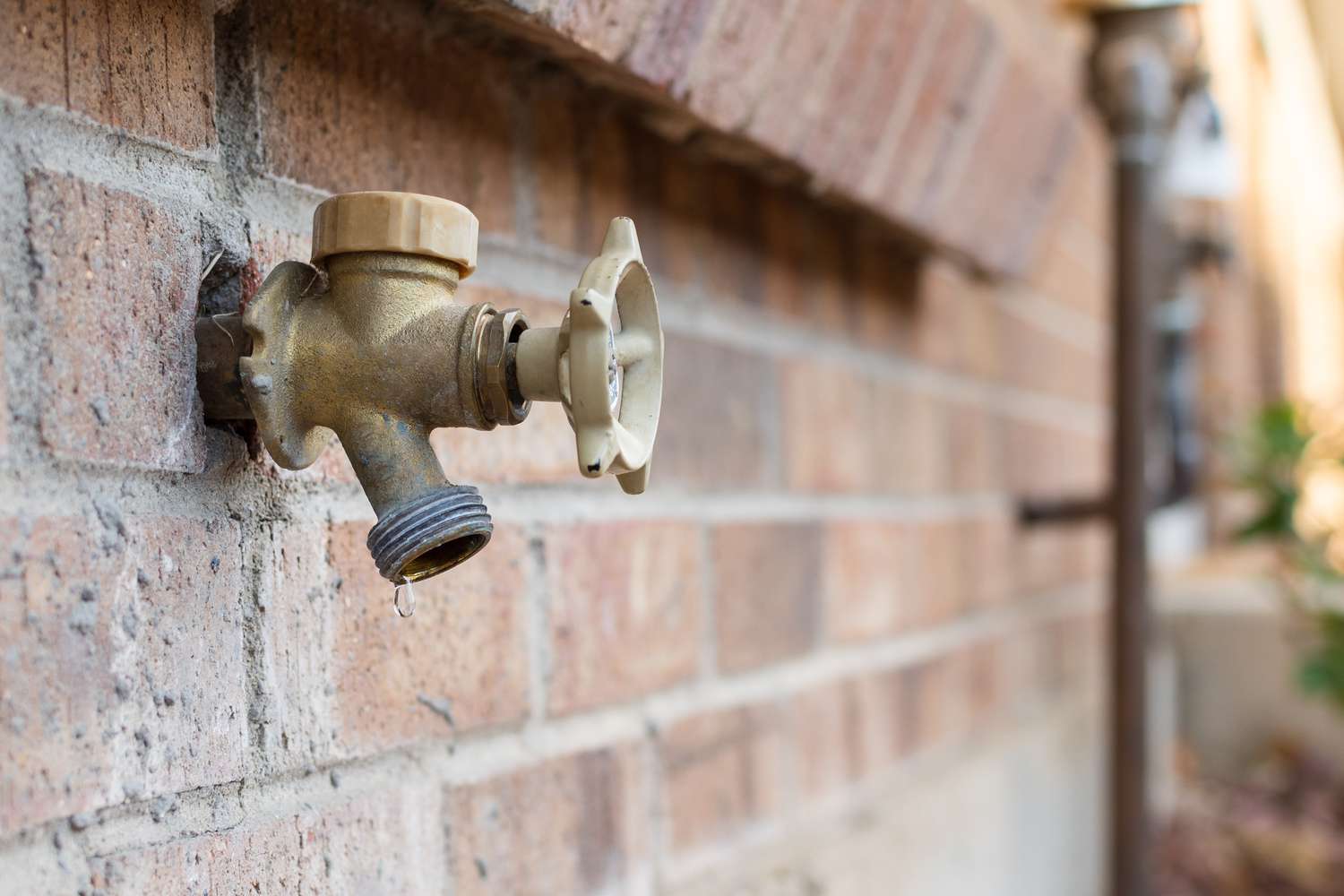
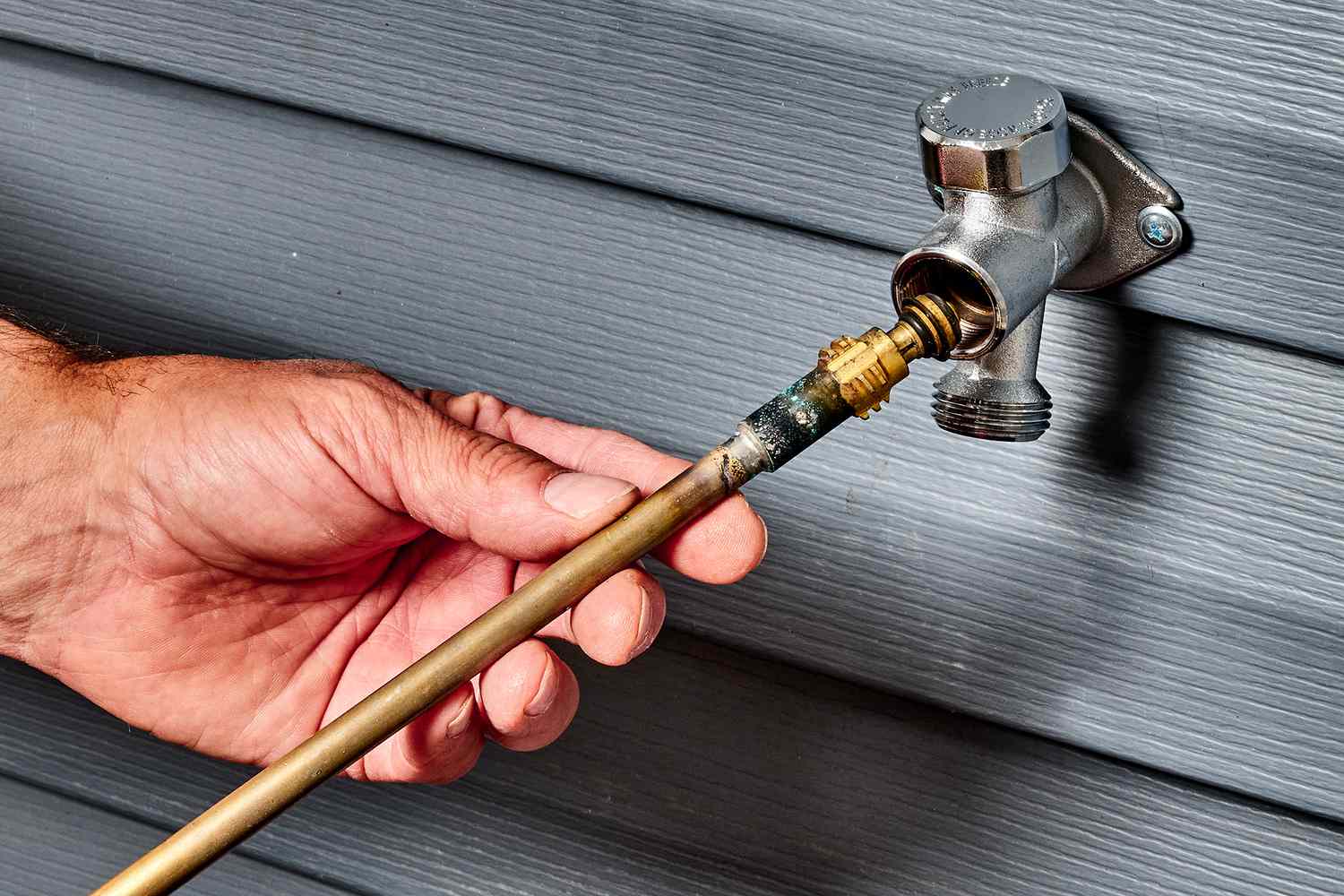
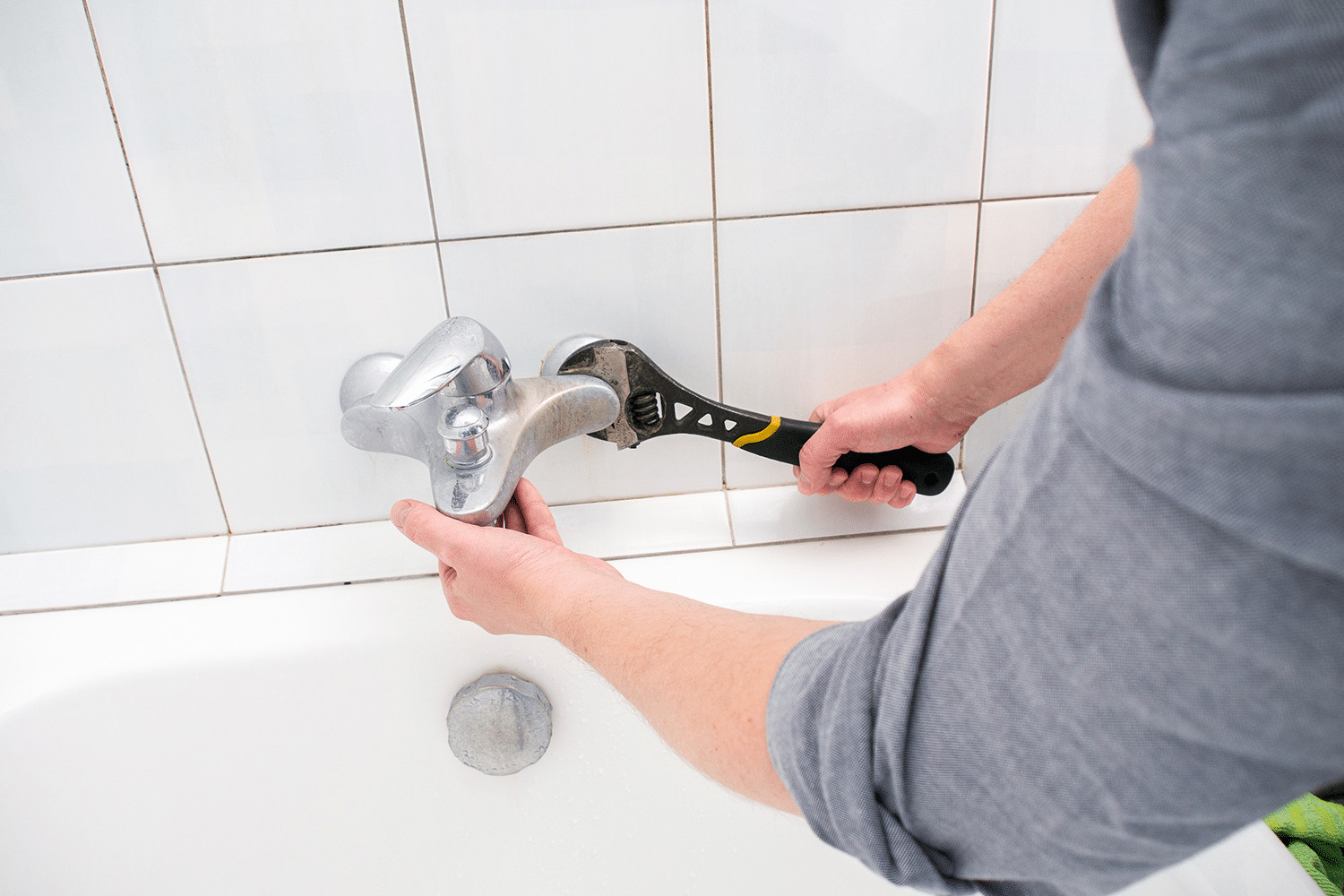
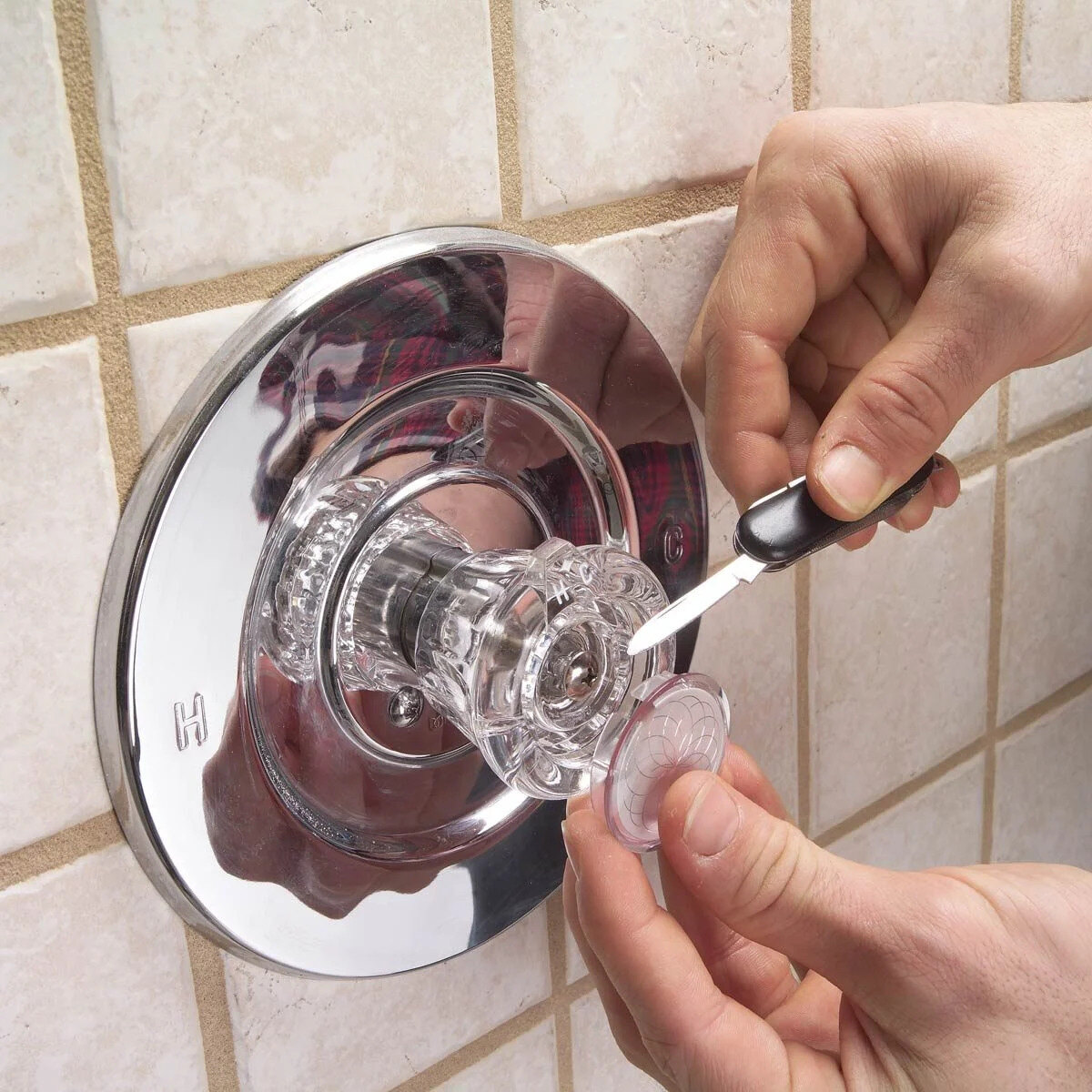



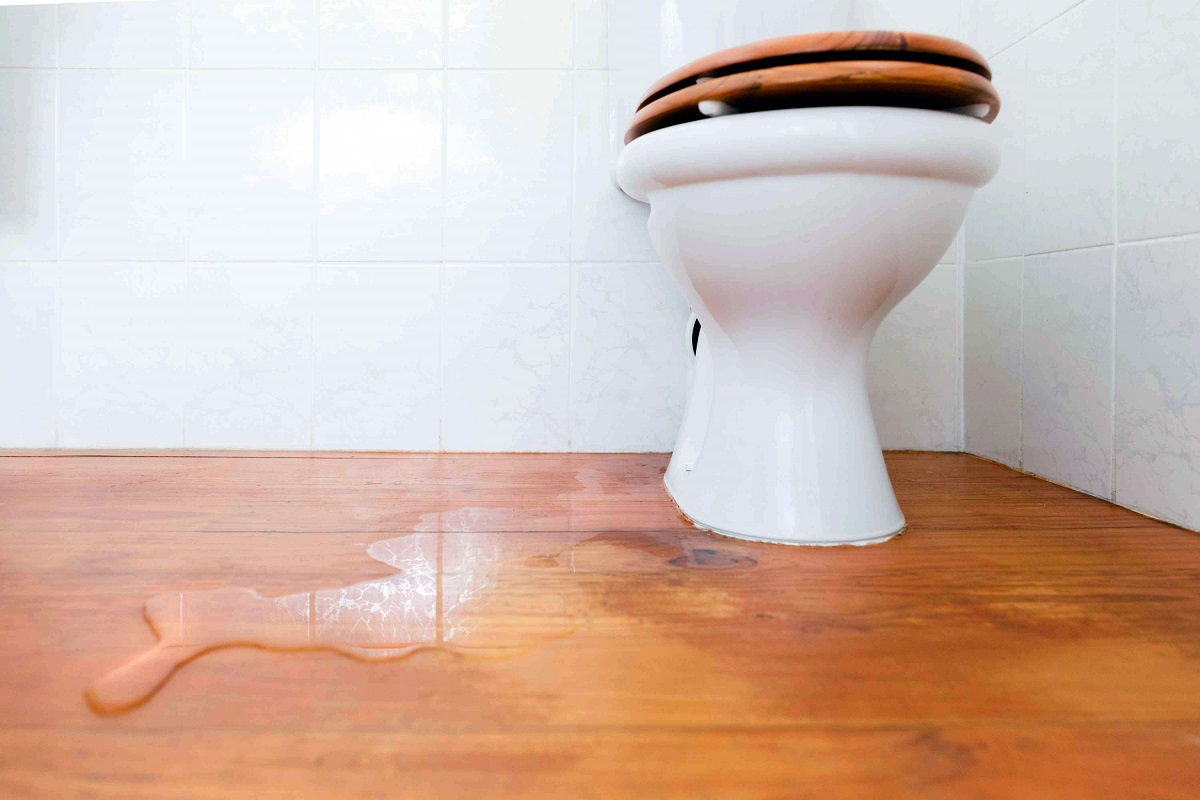
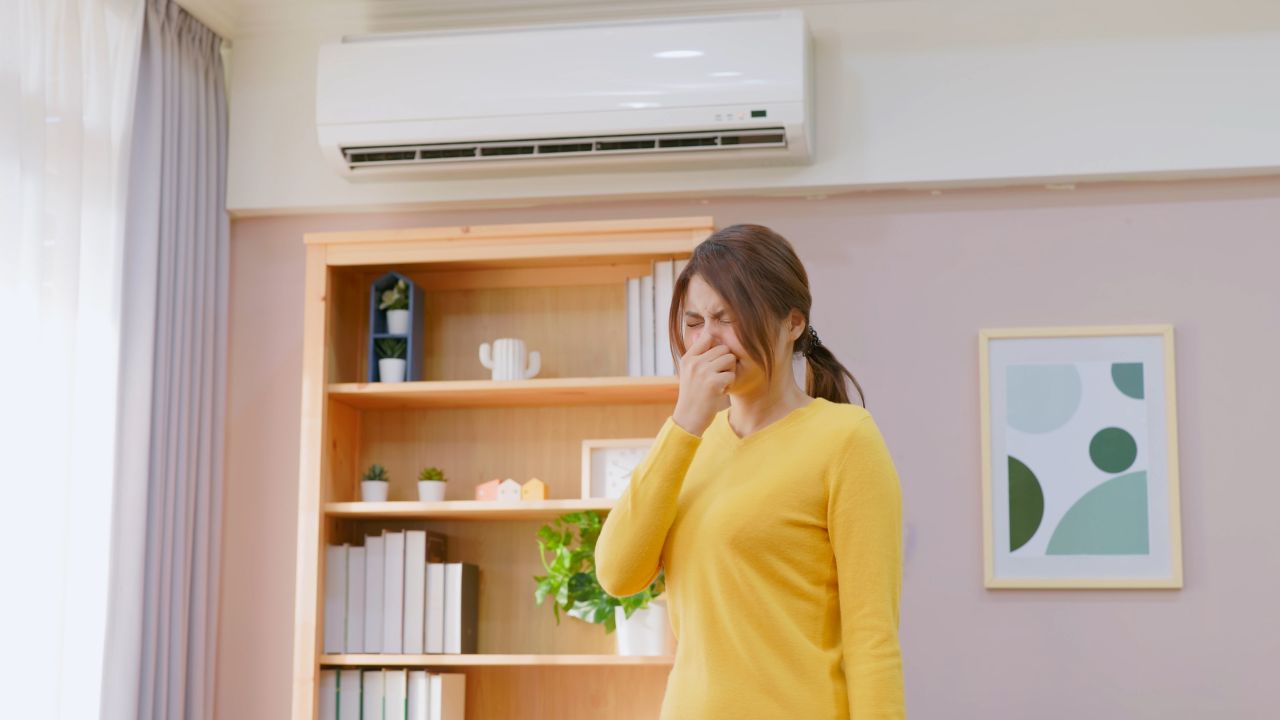
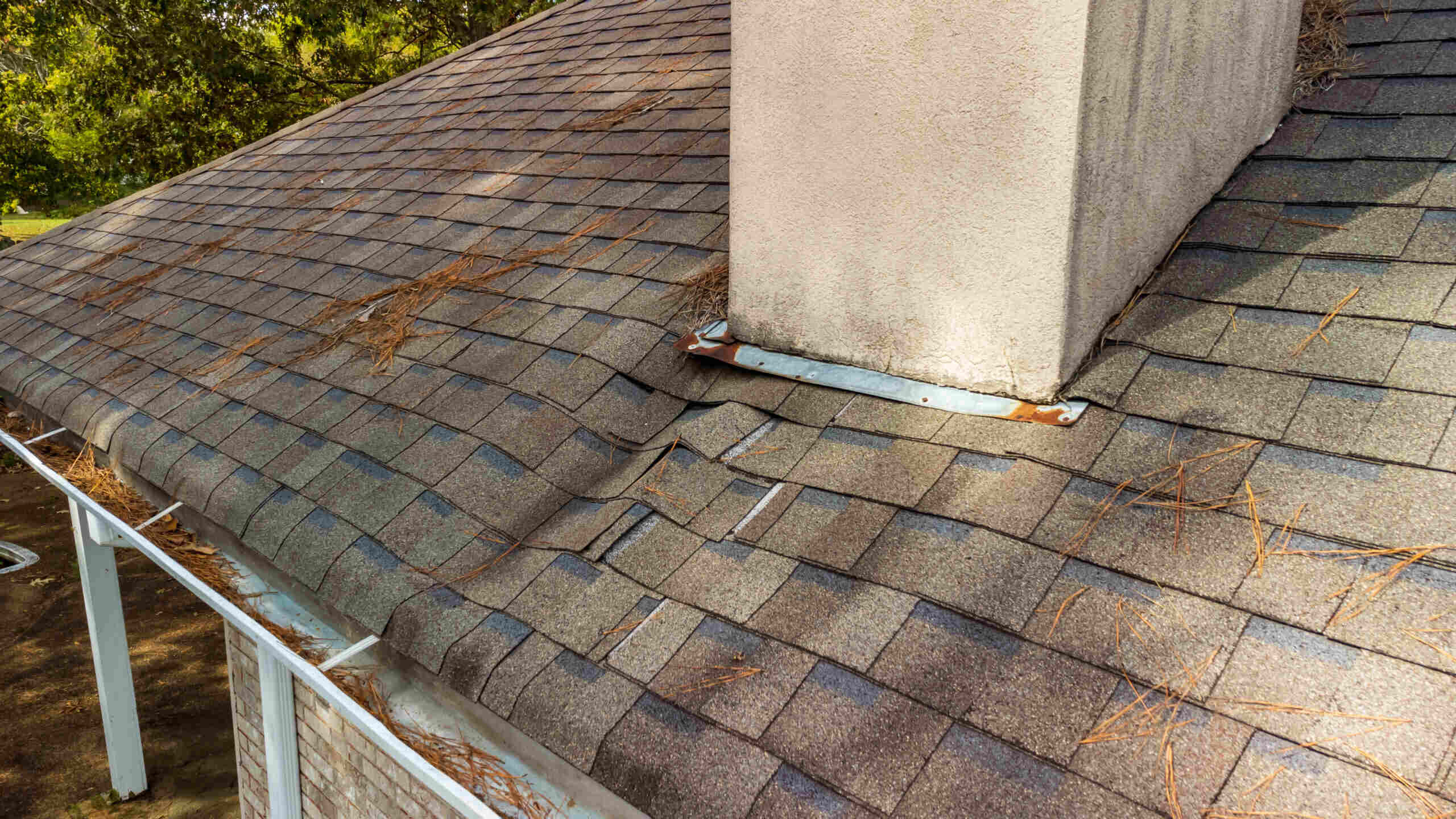
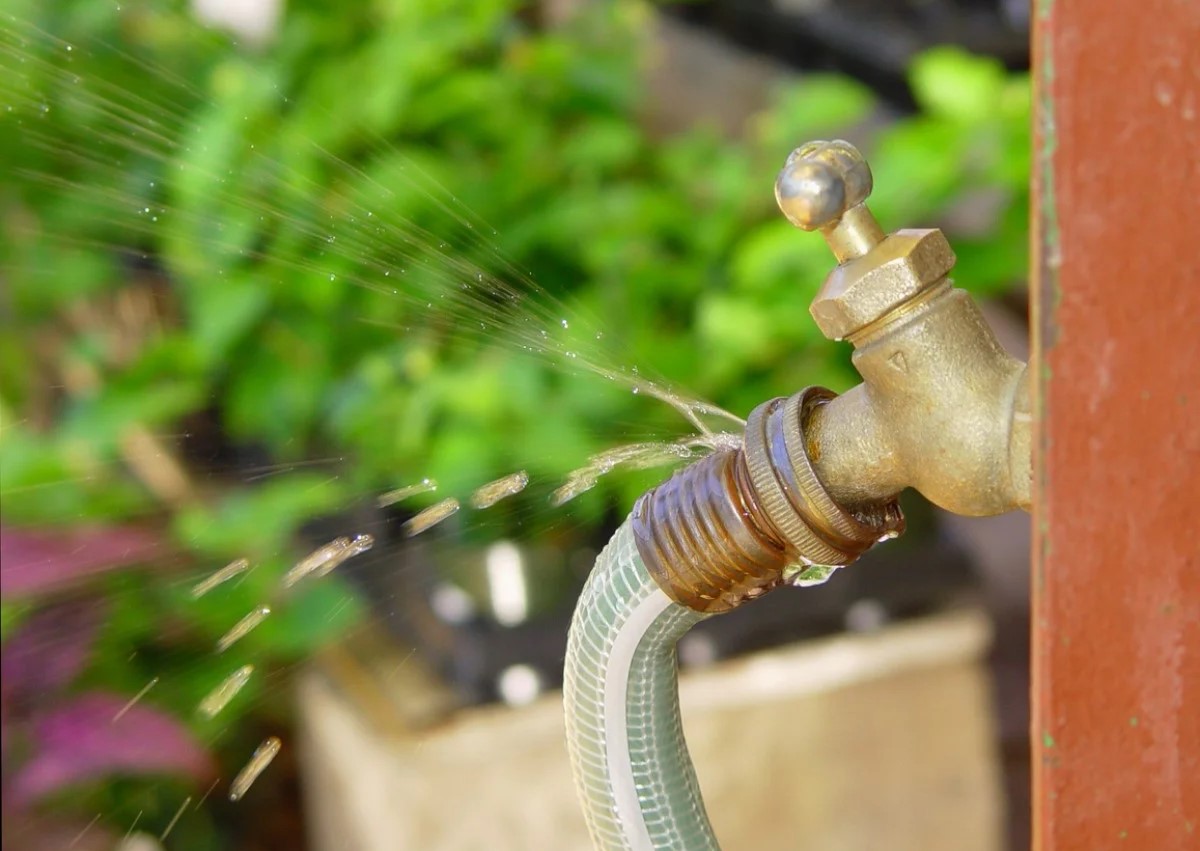
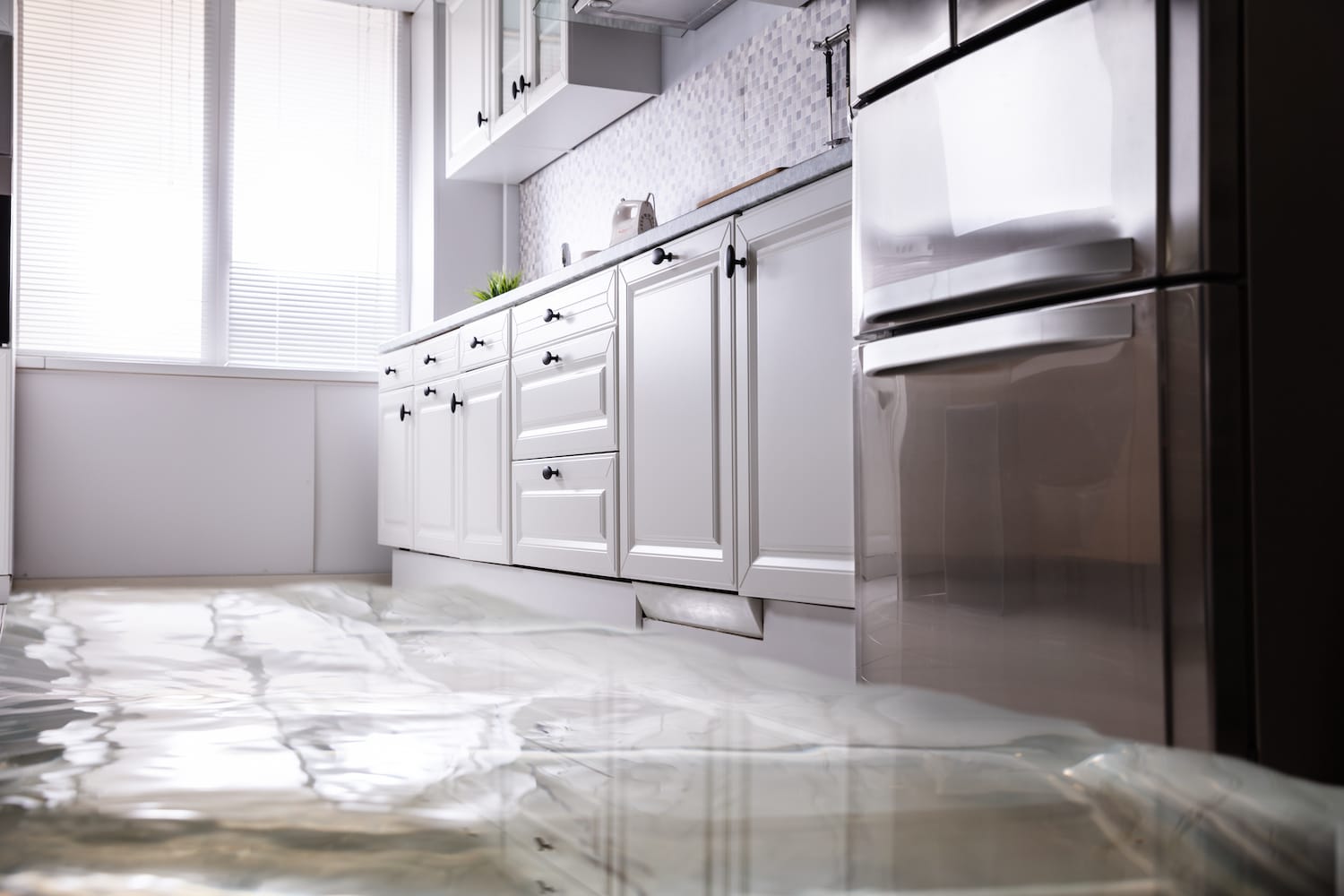
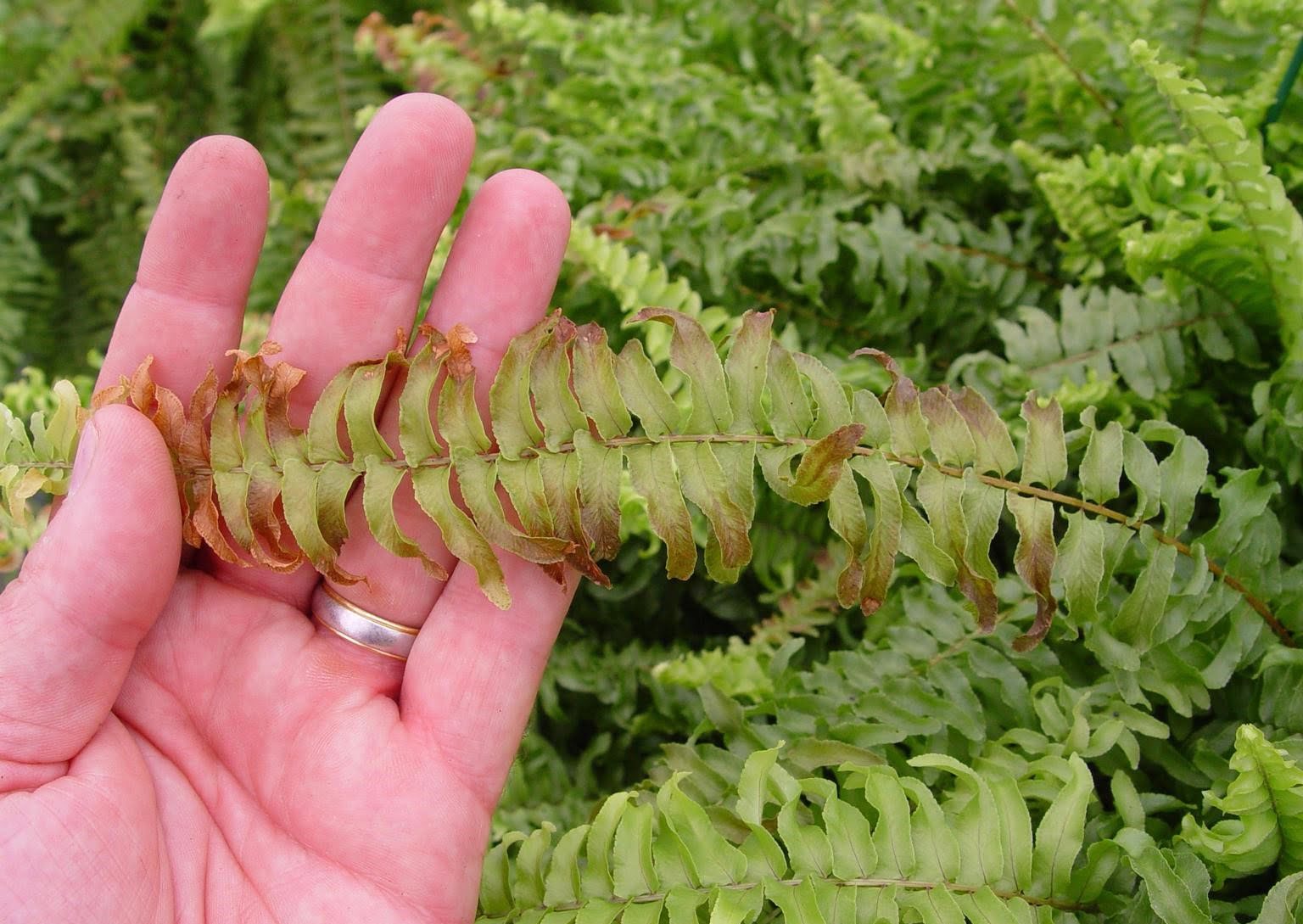
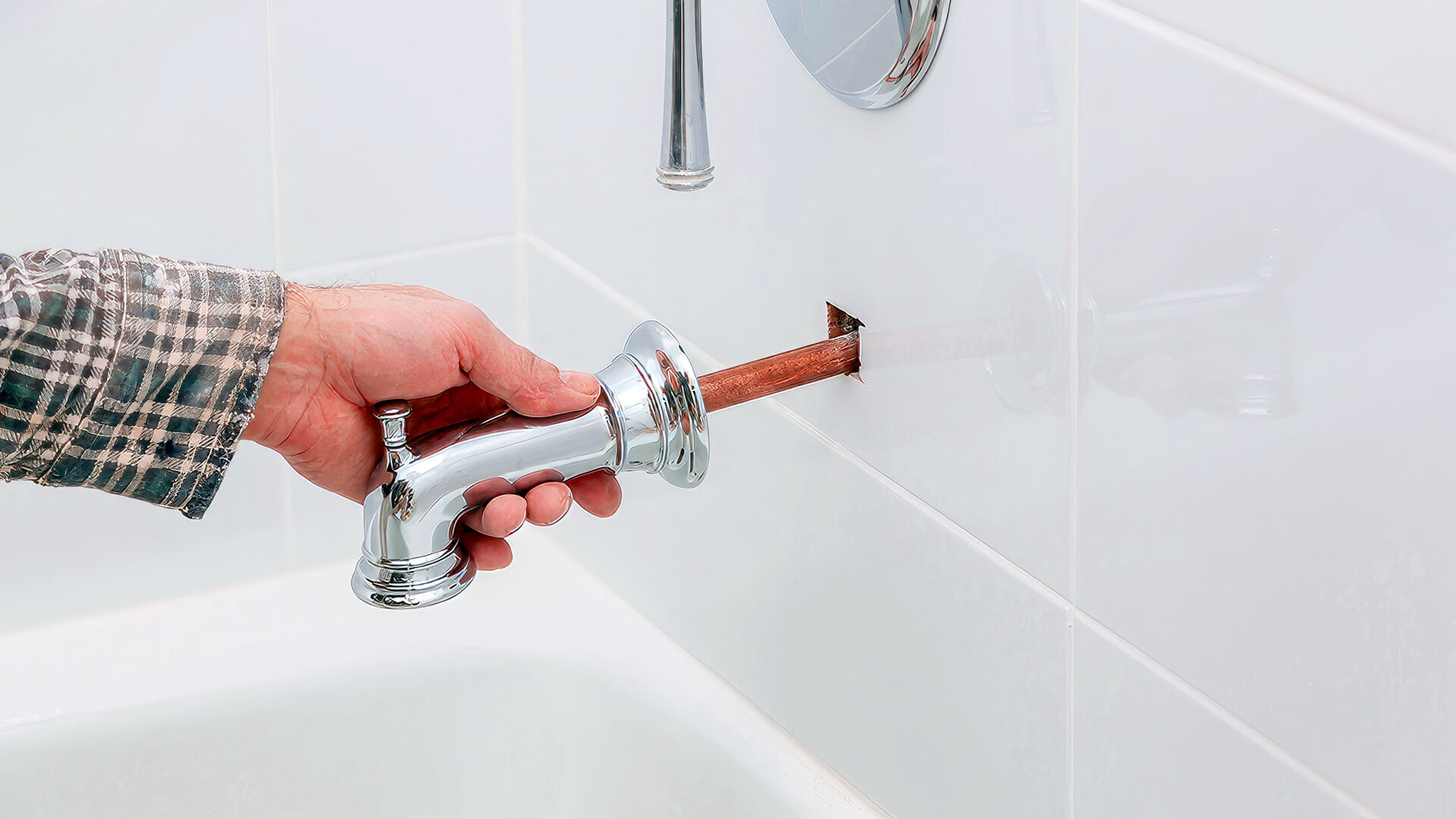
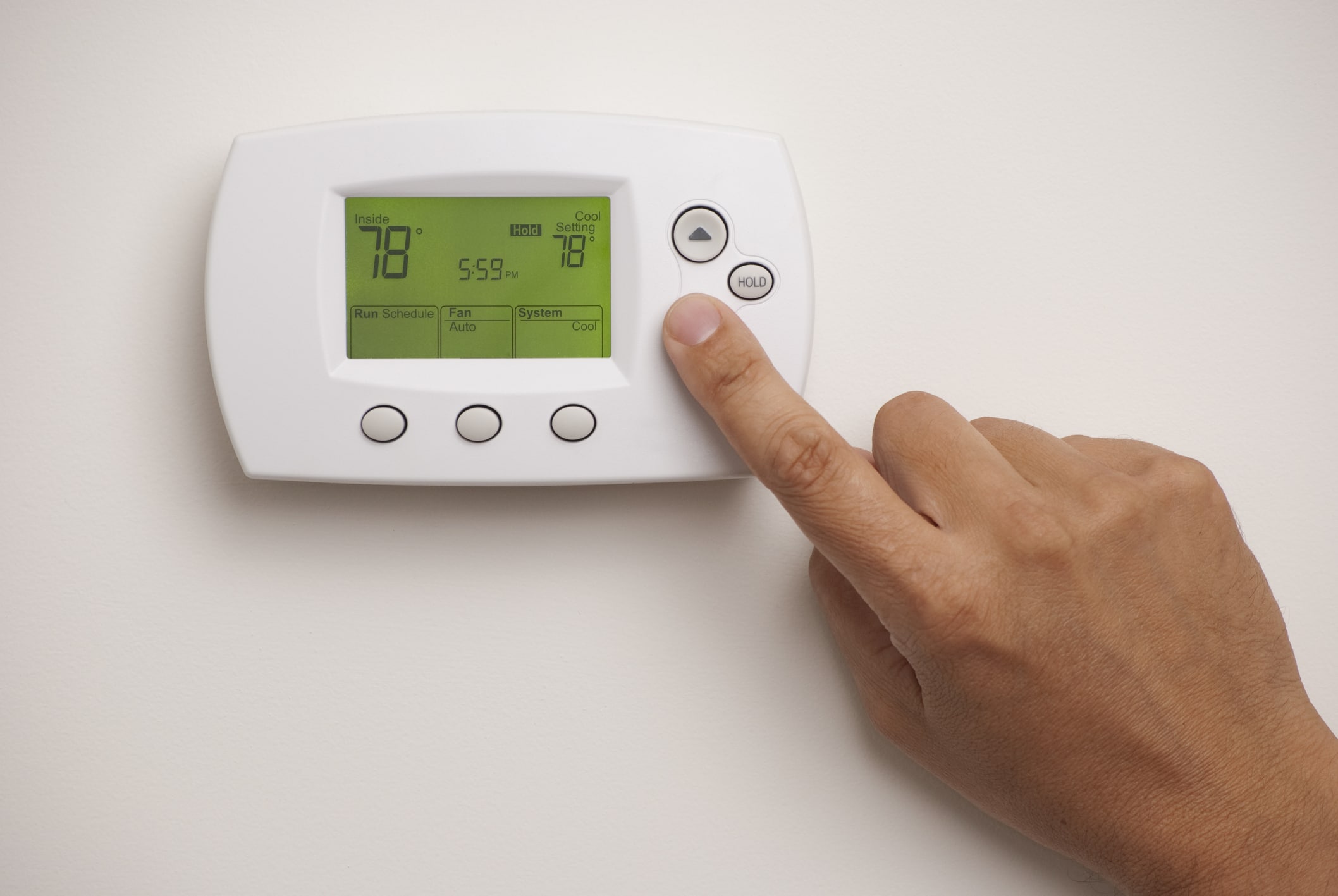

0 thoughts on “Why Does My Outdoor Faucet Leak When I Turn It On”